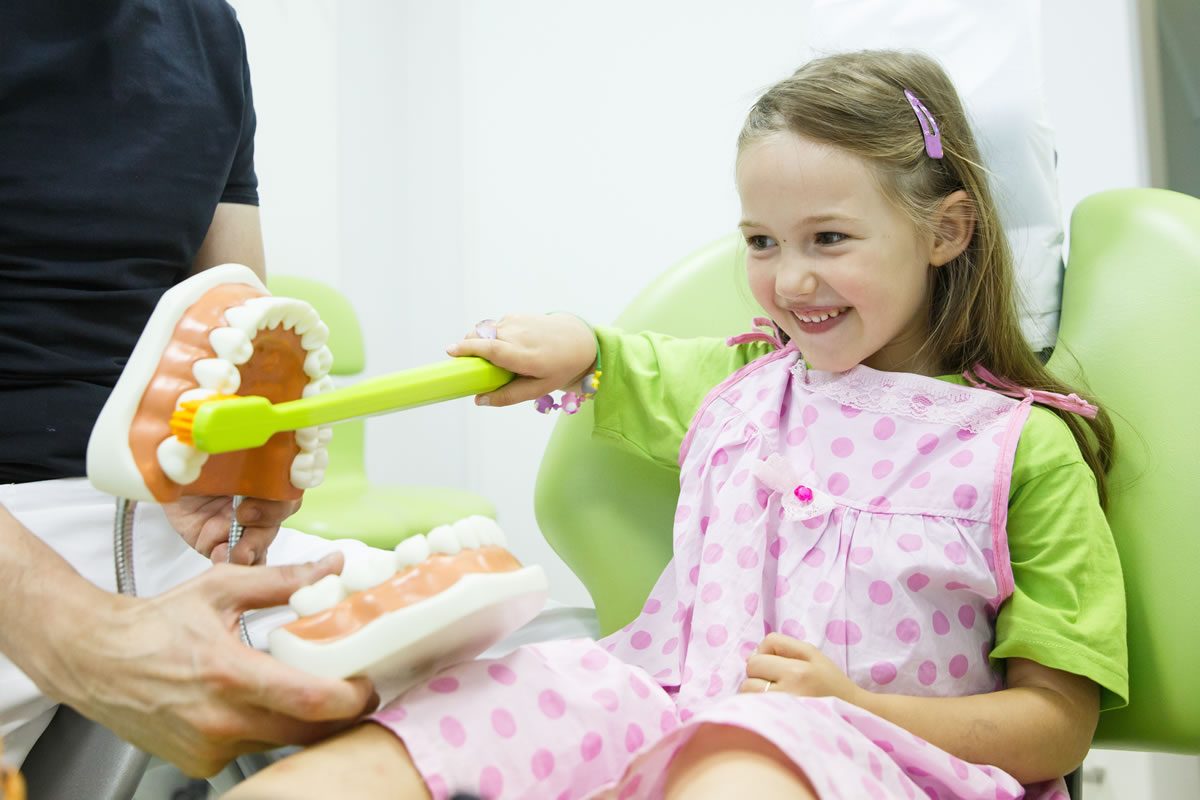Pediatric Dental Emergencies: What Moms And Dads Required to Know for Quick and Effective Treatment
In the realm of pediatric healthcare, oral emergencies can occur all of a sudden, leaving parents unsure of how to take care of the situation efficiently. By being prepared and notified, parents can play an important function in securing their youngster's oral health.
Indicators of Pediatric Dental Emergencies
When examining pediatric dental emergencies, it is essential for moms and dads to be watchful for specific indicators suggesting possible major concerns. One of the key indicators of an oral emergency in youngsters is persistent tooth pain that is not minimized by over-the-counter pain medications. This could show an underlying infection or damage that requires prompt focus from a dental expert. Swelling in the gums, face, or jaw location is another red flag that should not be ignored, as it can be an indication of an abscess or other major dental condition.

Typical Types of Oral Injuries
Usual types of oral injuries in children often arise from crashes or sports-related tasks that can cause numerous forms of trauma to the mouth and teeth. One common oral injury is a broken tooth, which can vary from a minor chip to a more severe break including the internal layers of the tooth. One more frequent injury is a knocked-out tooth, where prompt action is vital to enhance the opportunities of saving the tooth. Children may additionally experience dental injuries like tooth invasion, where the tooth is pressed right into the jawbone, or avulsion, which is the full variation of a tooth from its socket. Additionally, dental injuries can consist of luxation, where the tooth is dislodged yet not entirely knocked out, or soft cells injuries to the gum tissues, lips, or tongue. It is crucial for parents to be knowledgeable about these typical kinds of dental injuries to provide prompt and proper treatment in case of emergency situations.
Immediate Emergency Treatment Measures
Upon running into a pediatric dental emergency situation, swift and appropriate emergency treatment actions are essential to relieve discomfort and prevent additional issues. For a knocked-out tooth, instruct the child to gently rinse the tooth with water, trying not to touch the root, and area it back in the socket ideally. If cosmetic dental surgery re-implantation is not viable, keep the tooth in a container of milk or the youngster's saliva up until reaching the dental practitioner. In situations of a broken or broke tooth, rinse address the mouth with warm water and use a cool compress to lower swelling. A bitten lip or tongue need to be cleaned up carefully with water, and a cold compress can aid minimize discomfort and minimize swelling. For objects stuck between teeth, prevent utilizing sharp devices and instead encourage the child to carefully floss to displace the thing. In all instances, it is important to contact a pediatric dental professional immediately for further assessment and treatment.
When to Look For Professional Assistance
Seeking timely dental care from a pediatric professional is vital in attending to potential issues emerging from pediatric oral emergencies. Parents must seek professional aid promptly if their child experiences severe tooth discomfort, facial swelling, hemorrhaging that does not stop, a knocked-out long-term tooth, or any kind of trauma to the mouth or face. These indicators indicate a major oral concern that requires instant attention from a pediatric dental professional.
In addition, if a youngster complains of consistent tooth level of sensitivity to warm or cold, problem eating or ingesting, or indicators of infection such as pus around the gum tissues, parents should not postpone in looking for expert oral care. These signs and symptoms might indicate underlying oral troubles that require to be addressed immediately to avoid more complications.
In situations of dental emergencies, it is essential for parents to speak to a pediatric dental practitioner as quickly as feasible to guarantee proper medical diagnosis and treatment - children dentist. Postponing specialist help can lead to exacerbated oral issues and long term discomfort for the youngster

Preventing Future Oral Emergency Situations
To lower the likelihood of future oral emergency situations, moms and dads need to focus on regular dental hygiene practices and routine brows through to a pediatric dentist for preventive care. Encouraging children to brush their teeth two times a day with fluoride tooth paste and instructing them the appropriate technique for two mins each time can dramatically decrease the danger of dental problems. Flossing daily is also important to remove plaque and food fragments in between teeth, where a tooth brush can not reach. Additionally, restricting sweet snacks and beverages can aid stop dental caries and view it dental caries.
Regular sees to a pediatric dentist for check-ups and cleanings are vital for very early discovery of any kind of potential dental problems. These visits enable the dental practitioner to monitor the child's oral wellness, give specialist cleansings to get rid of plaque and tartar build-up, use fluoride therapies for added security, and offer guidance on correct dental care strategies.
Final Thought
Finally, moms and dads should know the indications of pediatric dental emergencies, common kinds of dental injuries, prompt emergency treatment steps, and when to seek professional help. By taking proactive actions to avoid future dental emergencies, parents can make sure fast and efficient treatment for their youngsters. It is essential to stay informed and prepared in order to manage any type of dental emergency situation that may occur.